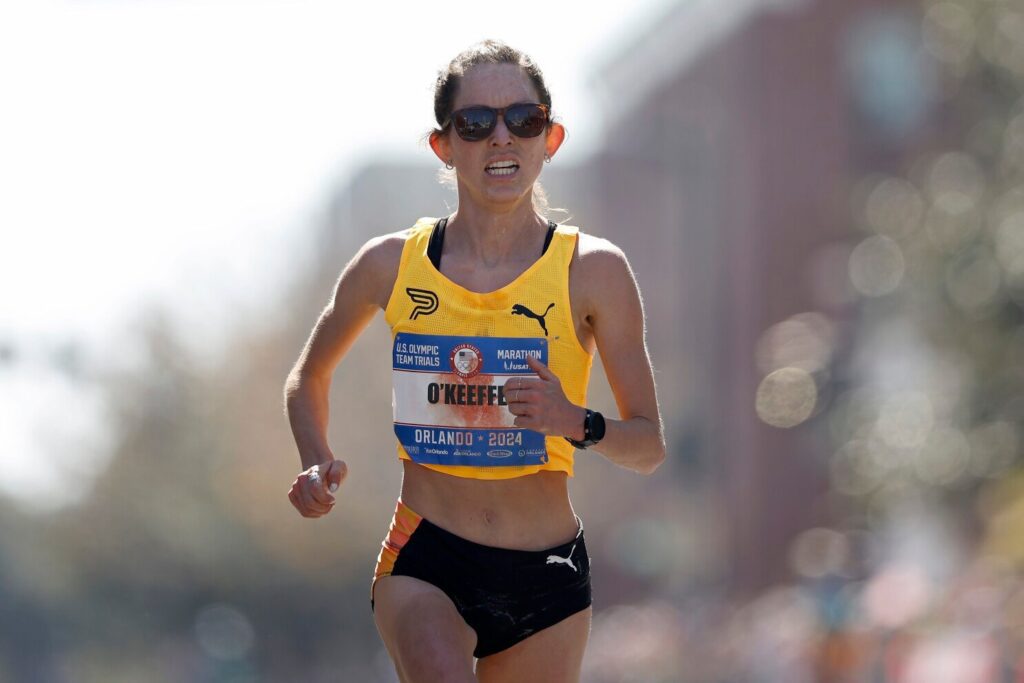Excitement Builds for U.S. Olympic Marathon Trials as New Standards Announced
With the countdown to the 2028 U.S. Olympic Marathon Trials underway, athletes with Olympic ambitions are refining their strategies and training plans. Recently, USA Track & Field (USATF) revealed fresh qualifying standards for the Trials, marking significant changes that will affect both professional runners and aspiring sub-elites alike.
Key Changes to the Qualifying Standards
The most significant updates include a faster men’s qualifying standard, the reinstatement of A and B qualification tiers, and the introduction of chip timing instead of gun time. These adjustments will shape the competitive landscape for those eyeing a spot on the Olympic team.
A New System: A and B Standards Are Back
USATF has decided to reintroduce the A/B standard system, which was last seen in 2016. This two-tiered system allows athletes to qualify for the Trials under different benchmarks, thus providing multiple pathways into the race.
The B standard qualifying times for the 2028 Trials are:
- Men: 2:16:00 (a two-minute reduction from the 2024 standard)
- Women: 2:37:00 (unchanged from previous standards)
This adjustment represents a dramatic shift in the standards, particularly for male athletes. For context, only 65 men achieved the new standard during the 2024 qualifying window, compared to 135 women who met the women’s time of 2:37:00 or faster. USATF aims to accommodate approximately 200 athletes per gender, necessitating these stricter benchmarks as the caliber of U.S. distance running continues to improve.
The details regarding the A standard times will be finalized in collaboration with the local organizing committee, but qualifying for the A standard comes with perks, including coverage of travel and accommodation expenses for the Trials.
Chip Timing Now Standard Practice
Another significant update is the shift to chip timing (net time) over traditional gun time for all qualifying marks. This change is especially beneficial for runners who may be starting behind the lead pack in crowded marathons.
Historically, runners at major events like the Chicago and New York City marathons often lose precious seconds while navigating through throngs of athletes just to cross the starting line. Chip timing ensures that such delays won’t hinder a runner’s chances of qualifying for the Trials.
This change was prompted by input from athletes and their teams during town hall meetings organized by USATF’s Long Distance Running Committees, a group predominantly composed of current and former athletes.
The Qualifying Window and Pathways to Entry
The marathon qualifying window for the upcoming Trials will commence on September 1, 2025, and will close approximately 45 to 60 days before the Trials. The exact date and location for the event have yet to be announced, but if history serves as a guide, a February event is anticipated.
For the half marathon, the qualifying window begins on January 1, 2027, following the same closing timeline as the full marathon.
There are numerous avenues for athletes to qualify beyond mere time standards. Here’s a breakdown:
A Standard Auto-Qualifiers
- Members of the 2016, 2021, and 2024 U.S. Olympic marathon teams
- Winners of the U.S. Marathon Championships in 2025, 2026, or 2027
- Athletes on the U.S. World Championships marathon teams in 2025 or 2027
B Standard Alternatives
- Finish in the Top 10 at the U.S. Marathon Championships (2025 or 2026)
- Finish in the Top 10 at a Platinum Label Marathon (e.g., Boston, Berlin, Chicago, or London)
- Achieve half marathon times of 1:03:00 for men or 1:12:00 for women
- Be the overall champion of the 2026 or 2027 USATF Running Circuit
- Earn an individual medal at the Olympics or World Championships within the past four years
It’s important to note that to be eligible, your race must take place on a certified course (by USATF, AIMS, or World Athletics) with less than 3.3 meters of elevation drop per kilometer, ruling out significant net downhill marathons.
Anticipating the Trials Date and Location
As of now, USATF has not announced the specific date or location for the 2028 Trials. Given that past Trials in Atlanta and Orlando took place in February, it’s likely that a similar timeline will be adopted this time. This scheduling also benefits athletes as they prepare for the Olympic marathon in the summer.
The 2024 Trials faced challenges, including heat-related issues that forced a change in start time. Therefore, USATF aims to avoid repeating such complications in future events. There’s speculation that the Trials may be held in proximity to Los Angeles, coinciding with the 2028 Olympics, although this is still to be confirmed.
As marathoners gear up for these pivotal Trials, the tightened standards and new regulations promise a thrilling and competitive atmosphere. The quest for Olympic glory begins now.
